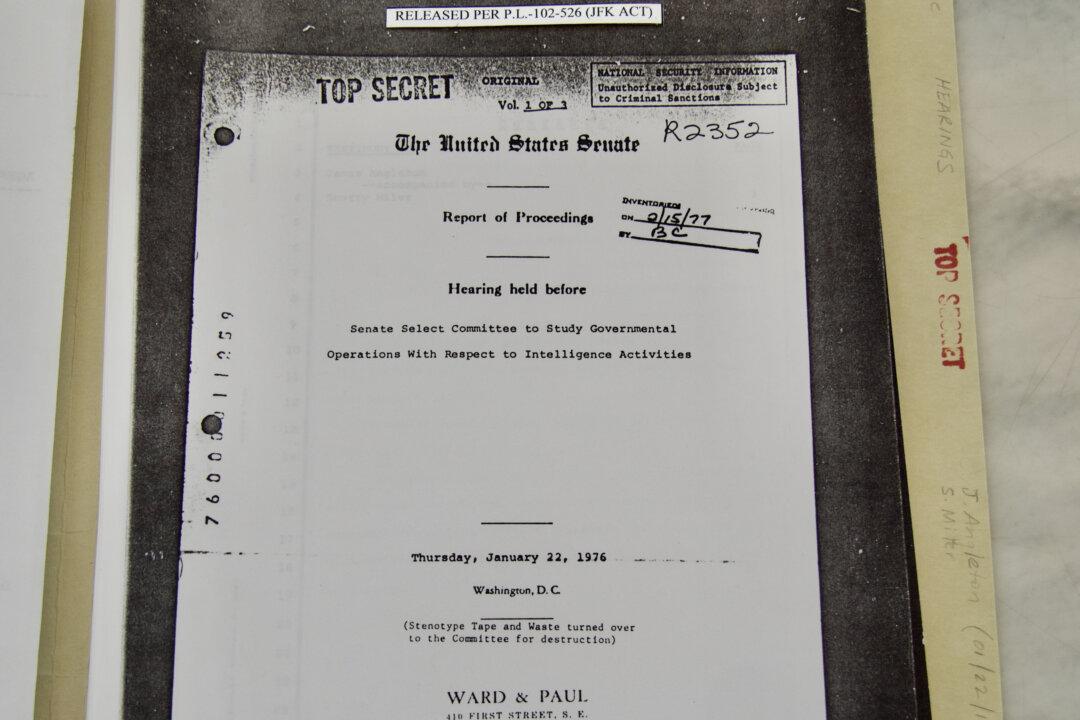“This is a potentially transformative technology—comparable to the advent of the internet—and we’re only scratching the surface of understanding what GenAI is capable of,” Mr. Newsom said in a press release announcing the order. “We recognize both the potential benefits and risks these tools enable. We’re neither frozen by the fears nor hypnotized by the upside.”
Generative artificial intelligence, also known as GenAI, uses advanced learning techniques to identify patterns and create media and data models on demand. With 35 of the top 50 companies in the AI industry located in California, the state is looking for mutually beneficial partnerships that utilize such intellectual capital, according to the press release.
Expectations are that such could benefit California, with the order declaring GenAI a “significant leap forward in technology, by generating novel text, images, and other content, which will transform the way that the State and the world conduct business and serve the public.”
State employees would have access to AI technology designed to expedite the delivery of services by facilitating data collection and retrieval processes, according to the order, though no specifics were provided as to the methods and programs that could be assisted by the technology.
One aspect of the initiative is to develop a blueprint for AI development and integration into state operations by building on the 2022 White House Blueprint for an AI Bill of Rights and the National Institute for Science and Technology’s AI Risk Management Framework.

In the executive order, agencies and departments are instructed to identify “procurement and enterprise use opportunities where GenAI can improve the efficiency, effectiveness, accessibility, and equity of government operations.”
The new law requires a number of state agencies to collaborate and produce a report to the governor within 60 days detailing the potential benefits and risks of adopting AI.
It also recognizes the debate behind new AI technology and directs the study to conduct risk assessments and evaluate the legal ramifications—including ensuring legal transparency and recordkeeping requirements—of adopting the new technology.
“We’re taking a clear-eyed, humble approach to this world-changing technology. Asking questions. Seeking answers from experts,” Mr. Newsom said. “[We’re] focused on shaping the future of ethical, transparent, and trustworthy AI. Doing what California always does—leading the world in technological progress.”
Maintaining status as the leader in AI technology while balancing the need to evaluate its risks and costs is a primary focus of the provisions included in the order.
From strategic development to training, integration, and implementation, the study is designed to identify key stakeholders and develop policy recommendations.

Some lawmakers responded with skepticism and questioned the efficacy and cost of such a plan—the specifics of which were not included in the order.
“The Newsom administration gave away tens of billions in fraudulent unemployment payments, is more than a decade behind schedule building a train from L.A. to San Francisco, presides over the second-highest unemployment rate in the nation and has completely failed to tackle the homelessness crisis,” Assemblyman James Gallagher (R-Yuba City) told The Epoch Times by email Sept. 6. “But Gavin is going to tackle AI regulation? Please. It would be great to have a governor who prioritizes being competent over being trendy.”
Following the governor’s receipt of the initial report by Nov. 5, guidelines for agencies are due by January and security analyses by July 2024—the anticipated start date for some AI applications, with a review due in January 2025 to assess impacts.







